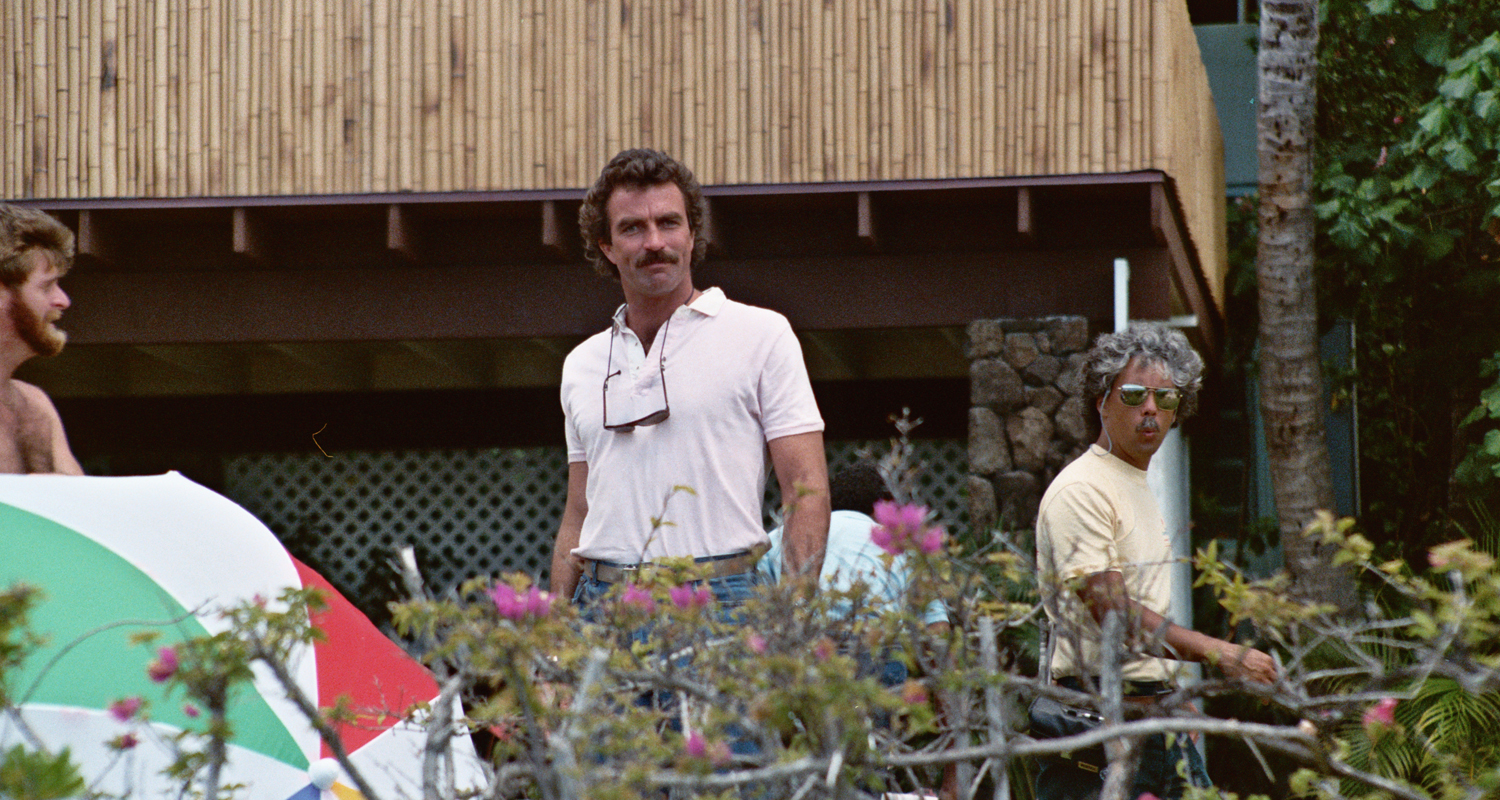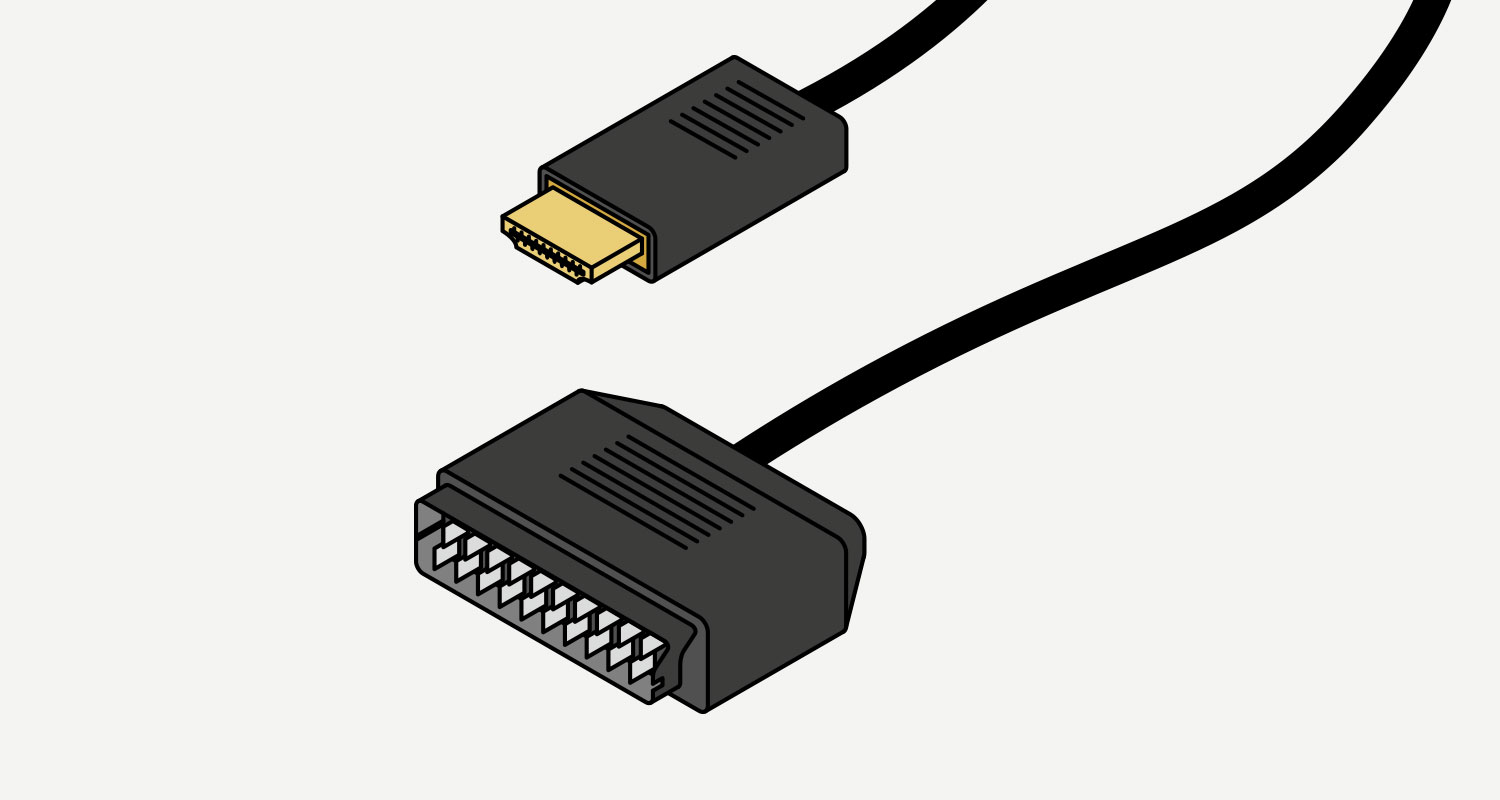Dynamic Range Day is dedicated to an issue that affects everyone who listens to music as well as those who, like us, create high-end playback devices. Along with the ability to faithfully render a recording’s full frequency range, being able to accurately and dynamically reproduce sound at all volumes is an important characteristic of a quality loudspeaker. On a good speaker, the soft notes of a violin will be reproduced with as much nuance and detail as a loud guitar solo. To borrow an analogy from another of our five senses, a good speaker allows the listener to experience the full rainbow of sound, not just blue and green with some muddy yellow.
Digital compression & ear fatigue
What has come to be called “The Loudness WarsOpens in new tab” is an ongoing struggle against the tendency to create songs with a small dynamic range concentrated around the highest decibels. The soft parts are removed by a process called dynamic range compression which narrows the dynamic range of an audio signal. Some music industry professionals feel that louder music sounds better, more powerful, and more present. The opposing side argues that far from sounding better, songs that have very little difference between their softest and loudest parts end up sounding aggressive or “crunched.” Some even speak of a phenomenon called “ear fatigue” to describe the unpleasant sensation of listening to songs that are mixed to be all loud.
“[Digital limiting] essentially takes all the information and chops off the spiky bits— transients— that you don’t hear as much as you perceive subconsciously. Those are the things that make you feel connected to the music. So something can be 10 dBs louder, but it somehow sounds slightly less involving. Each of those chopped-off peaks puts a little piece of distortion there instead, so the overall sound gets this hard, unpleasant kind of sheen, and you can’t hear it as well.”
For our part, we believe that playing a highly compressed songOpens in new tab on a pair of Teufel loudspeakers is a bit like driving a sophisticated car on the Autobahn and nowhere else. The full range of what the car is capable of – mastering hairpin turns with ease, suddenly stopping and accelerating again quickly – will simply not be experienced. It will be boring.
“The trumpet does no more stun you by its loudness, than a whisper teases you by its provoking inaudibility”
Viewed on an equalizer, a song with a small dynamic range shows less of a frantic up and down as the volume range is shrunk to an area near the highest decibels. The highest volume on both songs may be the same, but the song mastered for loudness will have all of the sound moved up towards the upper end. To some, this is the acoustic equivalent of shouting, or writing and email in all caps. In terms of what happens to the actual music, it not only becomes louder, it is also markedly less distinct. So why do artists and record companies do this to their music?
When did music start to get loud and why?
Mostly it’s for the same reason that people yell: To get noticed. Starting in the 1940s there was a tendency to master recordings that played louder than others in order to make them stick out. This is because juke boxes – a popular playback medium of the time – were generally all set to the same volume. A recording that was mastered to be “hot,” or loud, would therefore stand out from the others. Still, this trend was held in check by the fact that vinyl records placed limits on how loud a recording could be made. This tendency also mostly affected 7” singles played in juke boxes. There was no motive for LPs played at home to be mastered for loudness, and these are still the gold standard for recordings with good dynamics.
When CDs came along, however, recording engineers had a lot more leeway in changing a song’s dynamics. CDs have a dynamic range of up to 96 dB – much higher than the 60 dB that vinyl is typically capable of, but still less than human hearing (0 to 140 dB). This means that digital recording opened the door to a greater possible range. Yet as the millennium approached, the dynamic range on popular recordings began to shrink as it was concentrated at the upper end. This was thought to make a CD more competitive and “radio ready.” Then MP3s came along, and we returned to a juke box system of listening to singles instead of entire albums. This gave the recording industry an even bigger motive to reduce a song’s dynamics: They wanted their tracks to stand out in a play list.
Volume normalizing features: An end to the loudness wars?
But there is hope on the horizon thanks to technological features that allow listeners and radio stations to normalize volume levels. iTunes’ Sound Check feature, for instance, allows you to even out the levels of all the songs on your playlist. This means that you won’t have to jump up and grab the remote to lower the volume for that odd track that’s been compressed to blare. Interestingly, the tracks that are mixed to sound loudest sound the softest after Sound Check’s adjustment. They also sound markedly less distinct and more distorted. Sound Check is also used on the streaming service iTunes Radio and a similar system called Replay Gain is used by Spotify. Other streaming services like Pandora have their own volume adjusting features which means that a significant (and growing) segment of the music listening population now has the ability to even out the loudness playing field, essentially disarming the chief aggressors in the loudness war. Today, more than ever, it’s in the interest of everyone involved in making music – from the artists to the sound engineers – to stop creating loud recordings. Now that people can decide for themselves, there is hope that more music will be mixed to sound musical instead of simply loud.
Title picture: By Nikolina Despot (Own work) [CC BY-SA 4.0 (http://creativecommons.org/licenses/by-sa/4.0)], via Wikimedia Commons





2 responses to “Dynamic Range Day & Loudness Wars”
Thank you for your comment! Certainly, classical has a broader dynamic range, but our ears seem to crave it in all types of music.
This is the best example I was able to find that shows the effect a good dynamic range has on pop music. You can really hear the difference in these two versions of a Radiohead song. The latter one breathes and has a much more pleasant sound: https://www.youtube.com/watch?v=UEFyNdB13vg
Wow, this is a complex topic! I like my classical music to have both soft and loud but pop music not so much.